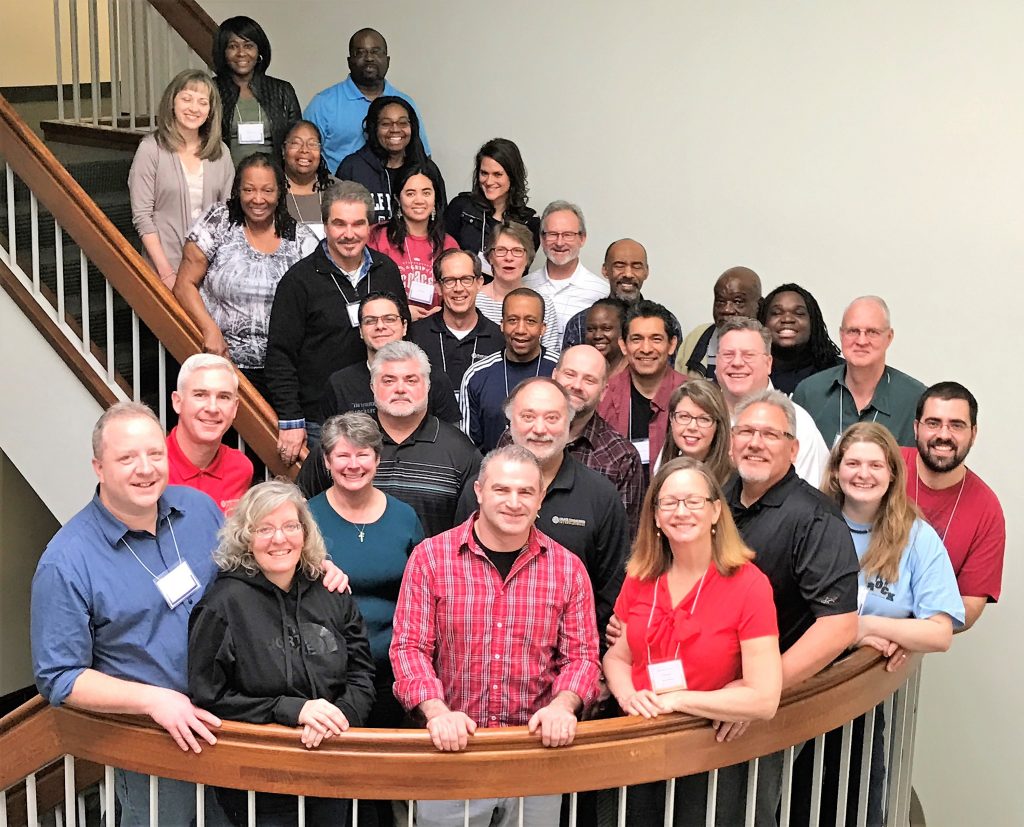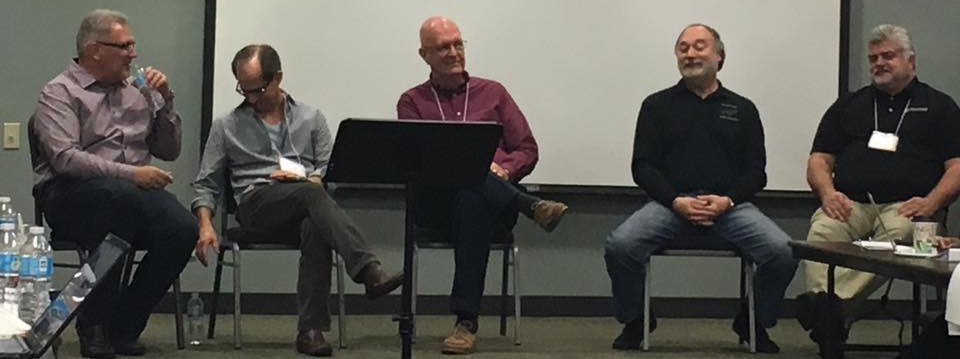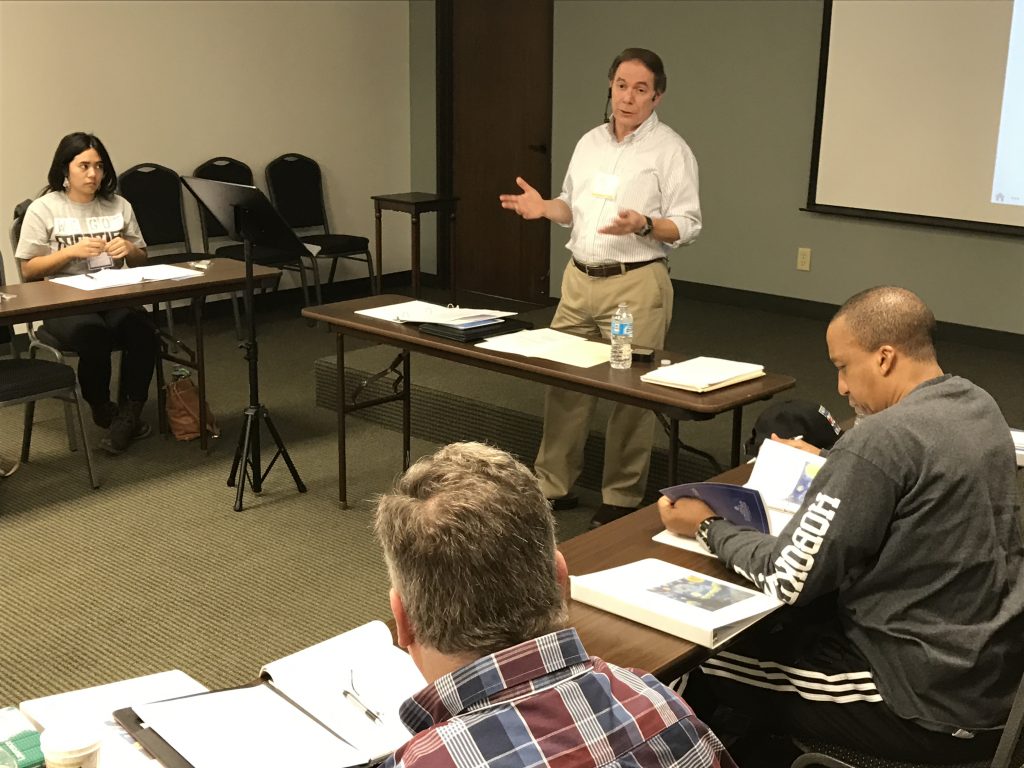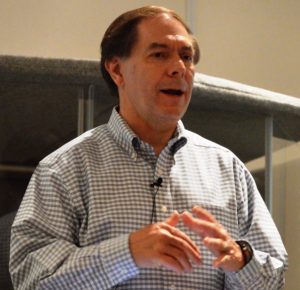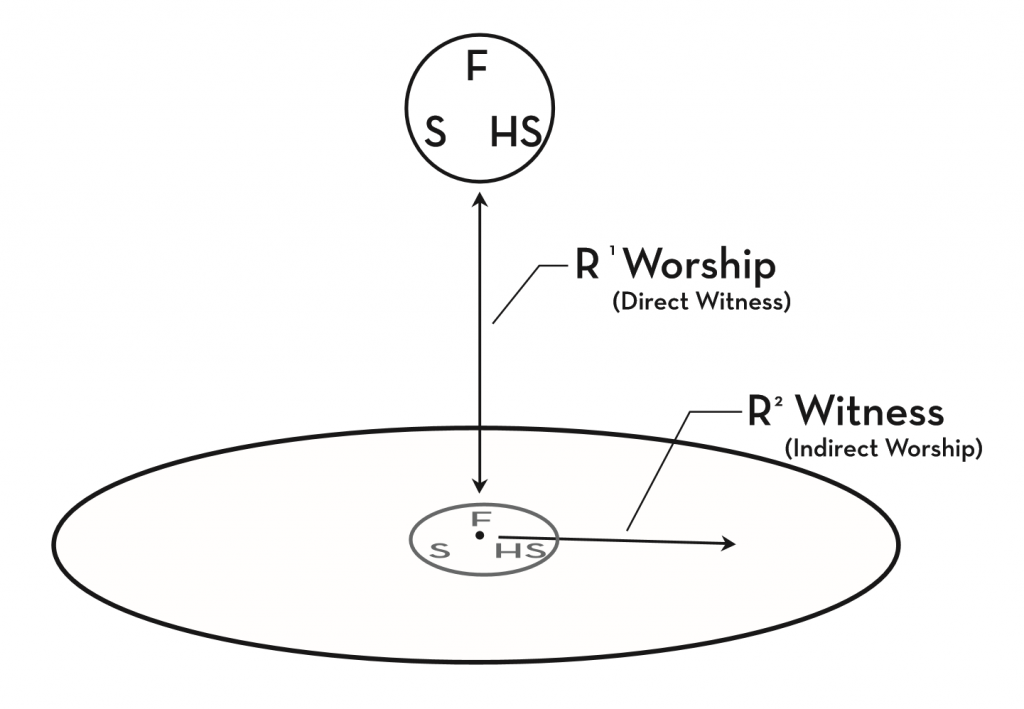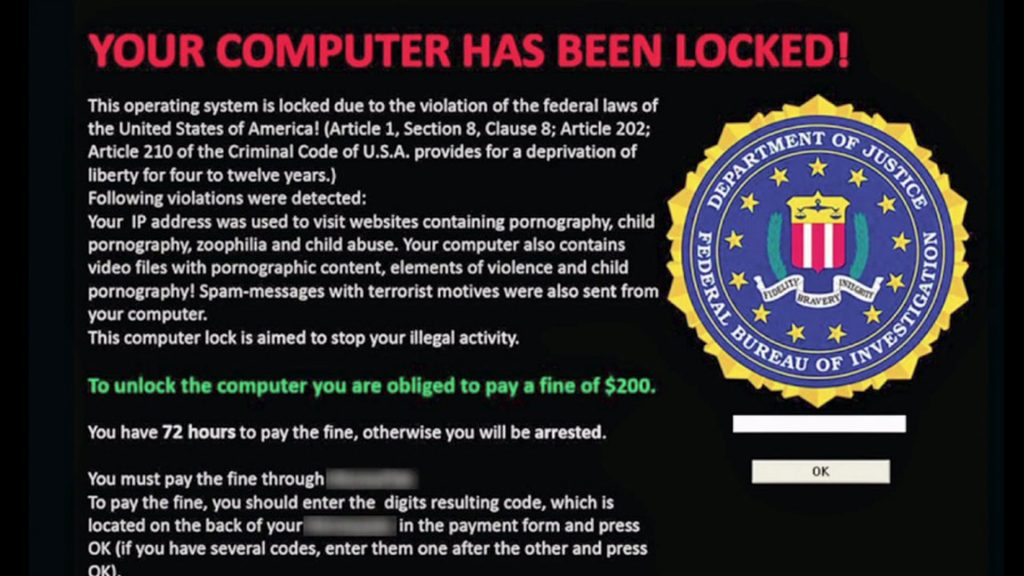Dear Brothers and Sisters,

Author William Paul Young is a friend of GCI. He has been a featured speaker at several of our conferences, and has been interviewed multiple times on our web program, You’re Included. Many of us have read Paul’s novel, The Shack, which has sold over 20 million copies worldwide since it was first published in 2007, making it one of the best-selling books of all time.
As you probably know, Paul’s book has been turned into a movie also named The Shack. The cast, made up of bigger celebrities than is typical for Christian movies, includes Sam Worthington, Octavia Spencer, Aviv Alush, Graham Greene, Radha Mitchell, Alice Braga and Tim McGraw. The film is being released in the U.S. on March 3. To view a trailer, click here.

The release of The Shack provides a great opportunity for personal evangelism. There are not many movies you can take your unchurched friends to that give a compelling and faithful presentation of the gospel in non-preachy terms. The Shack does that, and it will surely elicit conversation, in part because of the controversy surrounding the book and the movie. According to some critics, The Shack advocates non-biblical, even heretical, teachings about God and salvation, but such claims typically fail to take into account several points about the book:
- It’s a work of fiction—a novel written in a literary style known as allegory where, in highly unusual ways, characters and events stand for abstract ideas or events.
- The Shack makes qualifying statements that show the author does not intend that the book be taken as equivalent to Scripture.
- To understand its core message, The Shack must be read in its entirety. As the narrative unfolds, its characters grow and change in their understanding of God and life. Lifting statements and ideas out of the flow of the narrative will lead to wrong impressions concerning the book’s ultimate and concluding message.
GCI recommends The Shack (both the book and the movie), though our recommendation (as is the case whenever we recommend non-GCI resources), does not mean we necessarily endorse all that the book and movie convey. In order to engage in discussions about the movie and the book, it’s good to be aware of answers to some of the questions and objections related to The Shack. Thankfully, there are good resources to help us. Here are ones we recommend:
 The book The Shack Revisited by Baxter Kruger, which presents the Trinitarian theology inherent to the story told in The Shack. As the book’s subtitle says, There Is More Going On Here than You Ever Dared to Dream.
The book The Shack Revisited by Baxter Kruger, which presents the Trinitarian theology inherent to the story told in The Shack. As the book’s subtitle says, There Is More Going On Here than You Ever Dared to Dream.- The booklet God, the Bible and the Shack by Gary and Cathy Deddo.
- Questions and Answers About The Shack—supplement to the Deddo’s booklet. Here from that document is one of the most frequently-voiced questions, followed by the Deddos’ answer:
Is Young wrong to depict God the Father as a woman?
Some have objected that God the Father is represented throughout most of [The Shack] as a woman since in the Bible God is always identified with the masculine. Several comments are in order. First, [Paul] Young is clear that God is not said actually to be feminine, but that the Father only appears to Mack in that form (pp. 91, 93). And the reason this is the case is explicitly stated in the book. Mack, out of his past experiences and reactions to them, has developed a distorted view of the masculine. In appearing to Mack in a female form, God presents himself to Mack in a way that wouldn’t be saddled for Mack with a load of misunderstanding. It’s a temporary measure and an accommodation to help Mack begin to gain a proper understanding of God.
Also Young makes clear that God’s appearing to Mack first as a woman and then as a man was to break our stereotypes of God (our idols?) so that we come to see that God is neither male nor female (p. 93). Young’s point is that God is not a creature at all, and is not a gendered being. Gender doesn’t apply to God since God is not a human being (p. 201).
Neither of these two points is misleading nor unbiblical. God does adapt his revelation to us without misrepresenting himself. The incarnation is the strongest case in point. God is not a creature but he comes to us as a real creature. God meets us in time and space, in person, face to face that we might know him and have the actual benefits of his saving work for us.
God also is neither male nor female though we often end up thinking of God as being masculine in some sense. While we know God is not a physical being, we still think that most everything else about God is masculine and not feminine. However, masculinity and femininity are attributes of human creatures. God is not a creature at all. It would be wrong to say that God is masculine in every way men are except that he does not have male physiology. We cannot project upon God human masculinity, just without the body parts. That would be idolatrous, a mythological projection.
On the other hand, it should be noted that in the Bible God is compared to having characteristics of some creatures that are female. Jesus compares himself to a hen gathering her chicks. According to Mayer I. Gruber of Ben Gurion University in Israel there are four unequivocal human feminine images for God (Isaiah 42:14; 45:10; 49:15; 66:13). [1] In these passages God is compared to a human mother. There are three places where God is likened to a mother bird (Deuteronomy 32:11; Isaiah 31:5; Matthew 23:37). [2] God is also likened to a mother bear (Hosea 13:8). [3] Other references may have a feminine reference to God but do so in a way not nearly as directly or concretely as these. [4]
In the Bible God can be described as tender-hearted, compassionate, responsive to the cries of his people, and even as nursing them. So God and Jesus are not exclusively depicted in masculine terms. At the same time we shouldn’t make the opposite mistake of thinking that God is female in some human sense. Young agrees. He says God is not feminine but can be described as having feminine characteristics. Admittedly his book is meant as a corrective, especially to benefit those like Mack, who think of God in terms of a human male. But it’s clear that while a corrective is his agenda, the larger truth about God is clearly noted: God is neither male nor female.
What can be and should be noted is that while God is indirectly compared to the feminine, in the Bible, God is never addressed directly as She or Mother. Address to God does exclusively use the verbally masculine parts of speech. That pattern should serve as the normative pattern of our address to God. But our pattern need not, any more than the biblical use, exclude our using feminine descriptive language for God’s character, attitude, actions or inclination. That is what Young has done. In fact, the name he gives the Father the whole time the Father appears in female form in The Shack is Papa!
We can only speculate why the biblical pattern consistently uses the masculine in address to God. It could be that the grammatical structure points to a proper ordering, structuring of relationship (taxis) between us and God. By comparison we are all feminine in relationship to God, and so we are all to address God in the masculine. But this is speculation. It is a mystery, but one that calls for a certain pattern we have been given for properly addressing God. We have no authority to alter that pattern.
But regarding our language for God, we should also recognize that grammatical gender does not indicate human creaturely gender. So, for example, in some languages mountains are grammatically feminine! But that doesn’t mean they are in some essential way female. God is the good and faithful author and creator of both masculine and feminine. The duality of our creaturely reality reflects something that is true of God—who is not a creature. But we must still conclude that God is neither masculine nor feminine in the ways that his creatures are even if our patterns of address ought to use the masculine pronoun.
_________________
[1] Cited in Roland M. Frey, “Language for God and Feminist Language” in Speaking the Christian God, ed. Alvin F. Kimel, Jr. (Grand Rapids, MI: Eerdmans, 1992), p. 29. Isaiah 42:14, “For a long time I have held my peace, I have kept still and restrained myself; now I will cry out like a woman in labor, I will gasp and pant.” Isaiah 45:10, “Woe to anyone who says to a father, ‘What are you begetting?’ or to a woman, ‘With what are you in labor?'” Isaiah 49:15, “Can a woman forget her nursing child, or show no compassion for the child of her womb? Even these may forget, yet I will not forget you.” Isaiah 66:13, “As a mother comforts her child, so I will comfort you; you shall be comforted in Jerusalem” (NRSV).
[2] Deuteronomy 32:11, “As an eagle stirs up its nest, and hovers over its young; as it spreads its wings, takes them up, and bears them aloft on its pinions.” Isaiah 31:5, “Like birds hovering overhead, so the LORD of hosts will protect Jerusalem; he will protect and deliver it, he will spare and rescue it.” Matthew 23:37, “Jerusalem, Jerusalem, the city that kills the prophets and stones those who are sent to it! How often have I desired to gather your children together as a hen gathers her brood under her wings, and you were not willing” (NRSV).
[3] But not in a stereotypically feminine role: “I will fall upon them like a bear robbed of her cubs, and will tear open the covering of their heart; there I will devour them like a lion, as a wild animal would mangle them” (Hosea 13:8, NRSV).
[4] We have in mind here especially references to God personified as Wisdom, which takes the feminine pronoun in Hebrew. In the New Testament, however, the Spirit is used with the neuter pronoun and when referred to as the Comforter, that Greek title for the Holy Spirit (paraklētos) takes the masculine pronoun! When it comes to God, the pronouns used clearly do not indicate biological gender!
________________
I close now with a comment made by one of my GCI pastor friends:
If you like The Shack, you’ll love our church!
Happy movie viewing to you all,
Joseph Tkach

